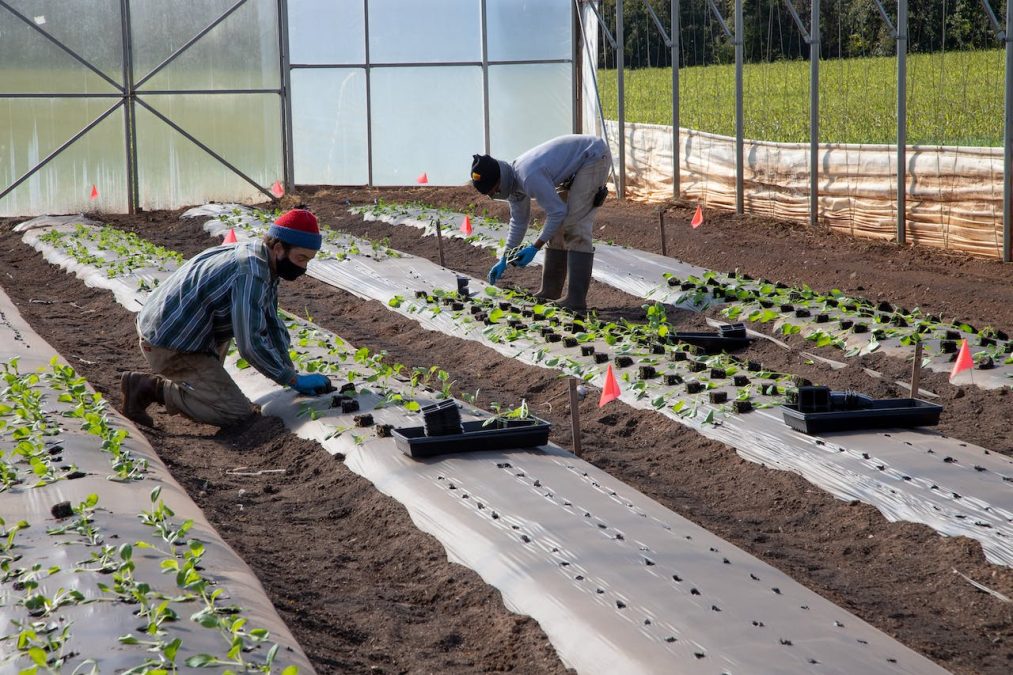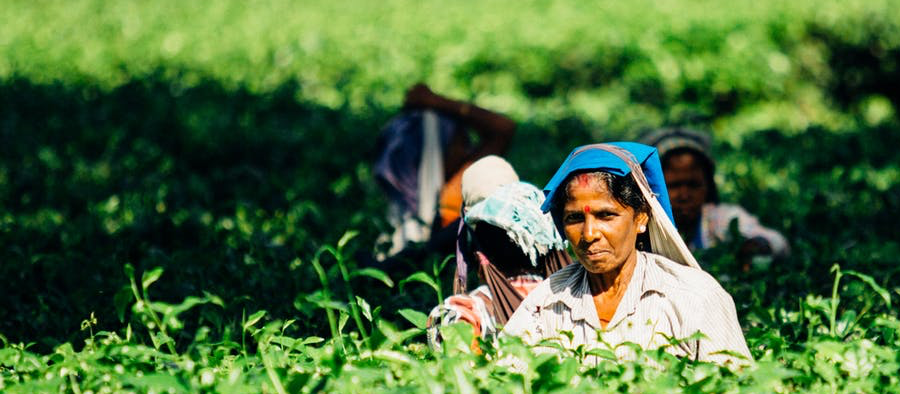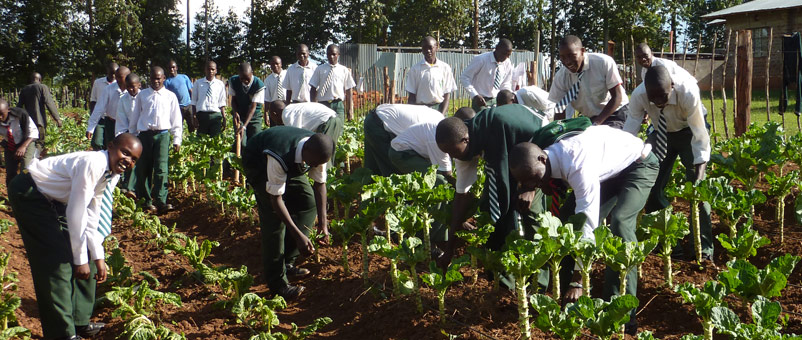Carbon farming is the new gold rush—or at least it has the potential to become one with an amazing opportunity to disrupt and transform the stagnant debate over climate change and agriculture.
This is a remarkable prospect. As farmers, we must stake our claim.
It is important to remember a basic fact of biology: plants remove carbon from the air, turning it into plant material or storing it in the soil. A fellow Global Farmer Network member and Brazilian farmer Andre Dobashi has called this process “carbon kidnapping” – using carbon-smart practices on their farm that make the soil healthier by increasing organic matter and the soil’s productivity.
Farmers are, in fact, an important part of the solution to climate change. What is needed is to recognise and reward the good work they are already doing and harness their determination and creativity to do even better.
That is why the metaphor of a gold rush is fitting. When people learned about the discovery of gold in California in 1848, hundreds of thousands flocked to the west coast of North America, hoping to strike it rich and make their fortunes. Many of the so-called “49ers” went bust, but others enjoyed a financial boom—and their combined migration began to build what is now the largest state in the United States.
We have an opportunity today to generate our own gold rush in carbon farming.
Evaluating opportunities on-farm
As a progressive farmer in Scotland who raises dairy cows and pigs, I have been thinking for a long time about agriculture, climate change and my carbon footprint. More than a decade ago, I began to map the soil on my farm to gain a better understanding of what it holds. For the last five years, I’ve tried to calculate my own carbon emissions.
The data has allowed me to perform a simple sum. As I determine how much carbon my farm emits into the atmosphere as well as how much it removes through the biology of carbon recycling, I can create a carbon balance sheet.
The difficulty is that few are doing this in a formalised way and through an agreed global regulatory framework. Nations face domestic and international obligations to improve the climate by cutting carbon emissions. Meanwhile, the supply chain pressures farmers to provide the beneficial service of carbon sequestration without additional cost.
A new way to involve farmers in carbon markets
Imagine something new: a credit system in which farmers earn financial credits for removing carbon from the atmosphere. It already exists in a primitive form, through voluntary markets. Yet, this is inadequate in its current form because there are no internationally and uniformly agreed-to rules.
What if industries that emit large amounts of carbon had to purchase credits from farmers who successfully store it in the soil? Airlines, for example, could become patrons of agriculture, buying a service from farmers who currently have no way to sell it.
If farmers can see and experience a financial incentive in carbon farming that supports the practices and measurement strategies they have put in place, many more will begin working with imagination and diligence to become excellent carbon farmers. They will embrace new methods and technologies, including no-till, better seeds, biostimulants, genetic gain and more. Best of all, the incentives of carbon agriculture will inspire farmers to unleash their creativity. They will look for innovative ways to capture carbon— and come up with innovative, new ideas in the future.
Constructing a system that allows farmers to pursue their own interest will involve huge challenges. Maybe it even verges on wishful thinking because it will require a serious and scientific commitment to accurate carbon auditing as well as the adoption of regulations that treat everyone fairly.
Once established, though, we could let powerful forces work for the good of agriculture and the environment. We would enjoy a massive effort by farmers to ensure their prosperity by sticking carbon into the ground for the benefit of everyone.
We would have our new gold rush.
This opinion piece was initially published on Global Farmer Network and has been revised to suit Farming First’s editorial guidelines.



